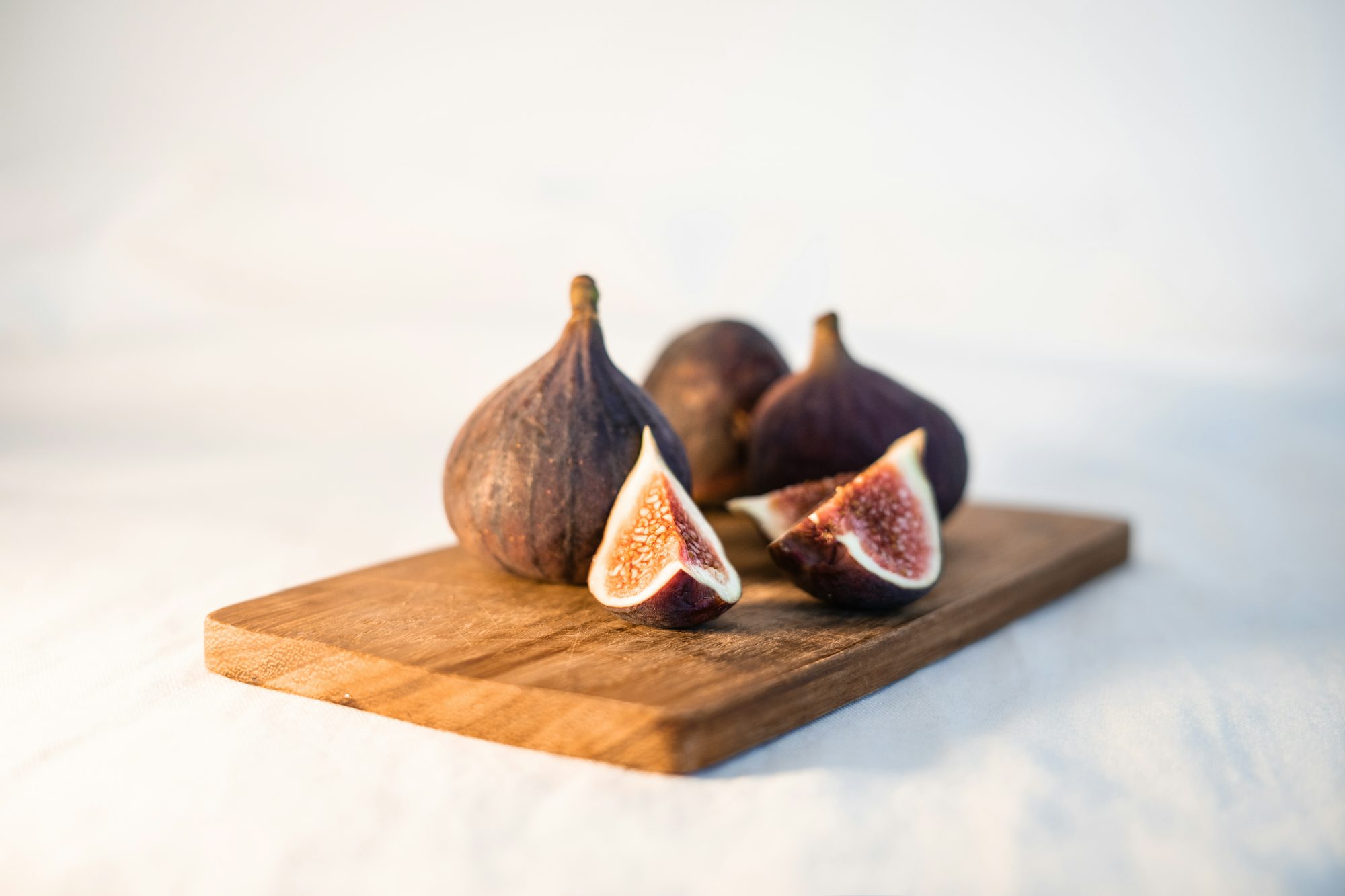
Exploring the Art of Fermentation: A Flavorful Journey
This article delves into the fascinating world of fermentation, exploring its history, benefits, and various applications in modern cuisine.The history of fermentation dates back thousands of years, with evidence of fermented foods appearing in ancient civilizations worldwide. From the sourdough bread of ancient Egypt to the kimchi of Korea, cultures have utilized fermentation to create unique flavors and preserve food. The process involves the conversion of sugars into acids, gases, or alcohol through the action of microorganisms such as bacteria, yeast, and molds. This natural process not only alters the taste and texture of foods but also encourages the growth of beneficial probiotics, contributing to a healthy gut microbiome.
One of the most notable benefits of fermented foods is their impact on digestive health. Probiotics, the live bacteria found in fermented foods, can help balance the gut microbiome, promoting healthy digestion and potentially alleviating issues such as bloating and discomfort. Foods like yogurt, kefir, sauerkraut, and kombucha are rich in probiotics, making them popular choices for those seeking to enhance their digestive wellness. Additionally, fermentation can increase the bioavailability of nutrients, making vitamins and minerals more accessible to the body.
Beyond health benefits, fermentation adds depth and complexity to flavors. The sour, tangy notes that characterize many fermented foods can elevate dishes in surprising ways. For example, adding a spoonful of kimchi to a stir-fry introduces a burst of flavor, while a drizzle of balsamic vinegar—produced through fermentation—can enhance salads and roasted vegetables. Chefs are increasingly incorporating fermented ingredients into their menus, recognizing the transformative potential they offer.
There are various types of fermentation, each with its unique techniques and applications. Lactic acid fermentation is one of the most common methods, utilized in the production of foods like yogurt, sauerkraut, and pickles. In this process, lactic acid bacteria convert sugars into lactic acid, creating a tangy flavor and preserving the food. Fermented vegetables, such as kimchi, are not only nutritious but also a vibrant addition to meals, offering a delightful crunch and spice.
Alcoholic fermentation, on the other hand, is the process used to produce beverages like beer and wine. Yeast converts sugars into alcohol and carbon dioxide, resulting in a variety of flavors and aromas. Craft breweries and wineries have embraced fermentation to create artisanal products, experimenting with different ingredients and methods to develop unique profiles. This resurgence in craft beverages has led to a greater appreciation for the artistry involved in fermentation.
Acetic acid fermentation is another vital process, primarily associated with vinegar production. During this fermentation, alcohol is converted into acetic acid by acetic acid bacteria, resulting in the tangy taste of vinegar. This versatile ingredient is a staple in kitchens around the world, used in dressings, marinades, and as a flavor enhancer in various dishes. Exploring the different types of vinegar—from apple cider to balsamic—opens up a world of culinary possibilities.
As interest in fermentation grows, so does the availability of resources for those looking to experiment at home. Numerous books, online courses, and workshops are dedicated to teaching the art of fermentation, making it accessible to everyone. Home fermentation projects can be as simple as making yogurt or pickling vegetables, offering an opportunity to connect with food on a deeper level. The sense of accomplishment that comes from creating your own fermented products can be incredibly rewarding, not to mention delicious.
Incorporating fermentation into your daily cooking can be both fun and beneficial. Here are some simple ways to get started:
1. Start with Probiotic-Rich Foods: Include yogurt, kefir, or sauerkraut in your meals. These can be added to breakfast bowls, salads, or served as side dishes.
2. Try Your Hand at Pickling: Quick pickling vegetables like cucumbers, radishes, or onions is an easy way to introduce fermented flavors to your meals. Simply combine vinegar, water, sugar, and salt, and let the vegetables marinate.
3. Experiment with Sourdough: Baking sourdough bread can be a rewarding project that allows you to embrace the fermentation process. The naturally occurring wild yeast and bacteria create a distinct flavor and texture that is hard to replicate.
4. Brew Kombucha: Making your own kombucha at home is a popular fermentation project. With a SCOBY (symbiotic culture of bacteria and yeast) and some tea, you can create a refreshing and fizzy drink that’s packed with probiotics.
5. Explore Fermented Condiments: Incorporate fermented condiments such as miso paste, kimchi, or fermented hot sauce into your cooking. These add depth and complexity to various dishes, from soups to marinades.
The journey into fermentation not only enriches our culinary experiences but also fosters a deeper connection to the food we eat. By understanding the process and embracing the flavors of fermented foods, we can celebrate the artistry of food preparation and preservation. As we experiment with fermentation, we join a long tradition of food enthusiasts who have recognized the beauty and benefits of this time-honored technique.
In conclusion, fermentation is more than just a method of food preservation; it is an art form that enhances flavor, promotes health, and connects us to our culinary heritage. As we embrace this flavorful journey, let us continue to explore the diverse applications of fermentation in our kitchens and celebrate the delicious possibilities it offers. Whether you’re enjoying a tangy bite of kimchi, sipping a refreshing kombucha, or savoring the complex notes of sourdough bread, fermentation invites us to indulge in the richness of food and culture.